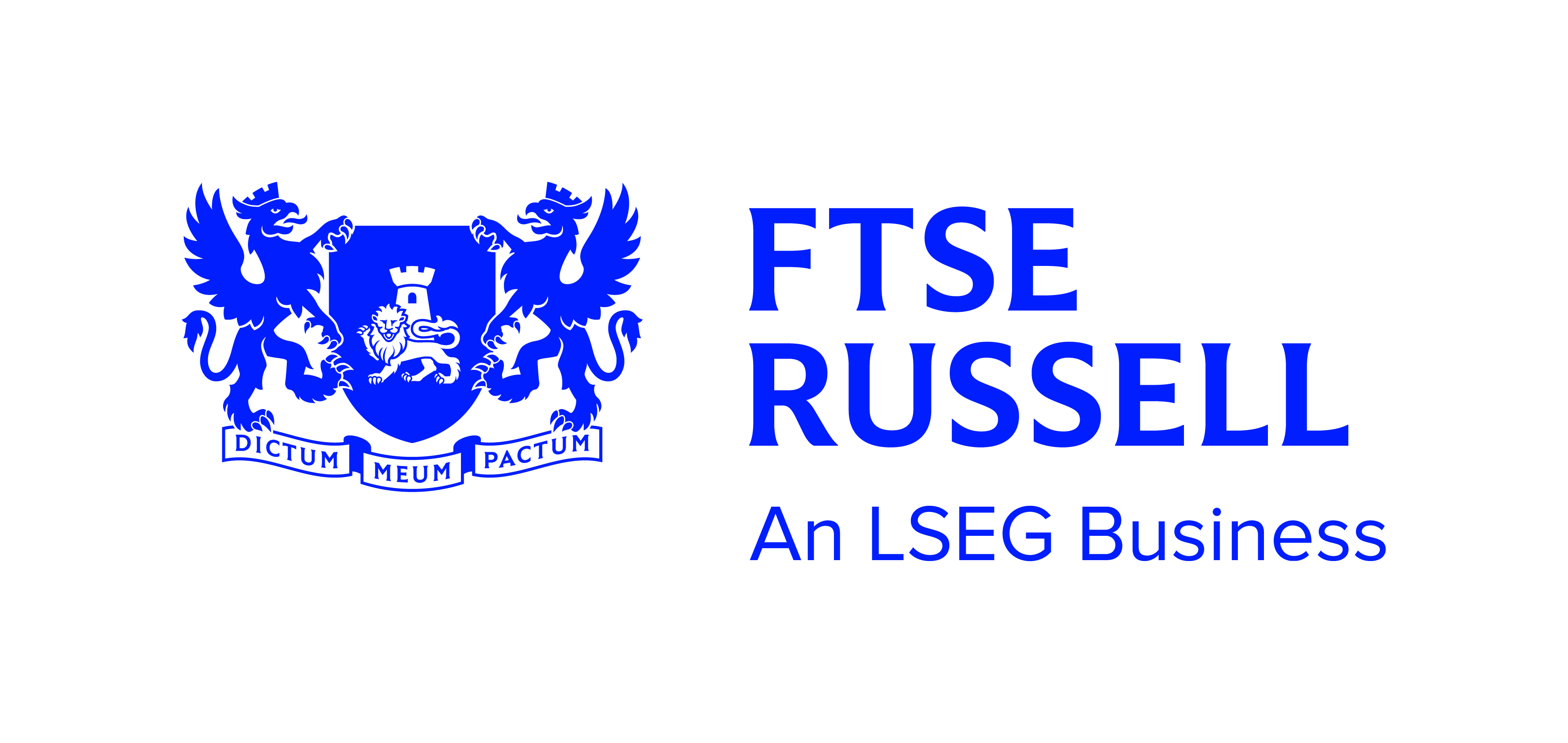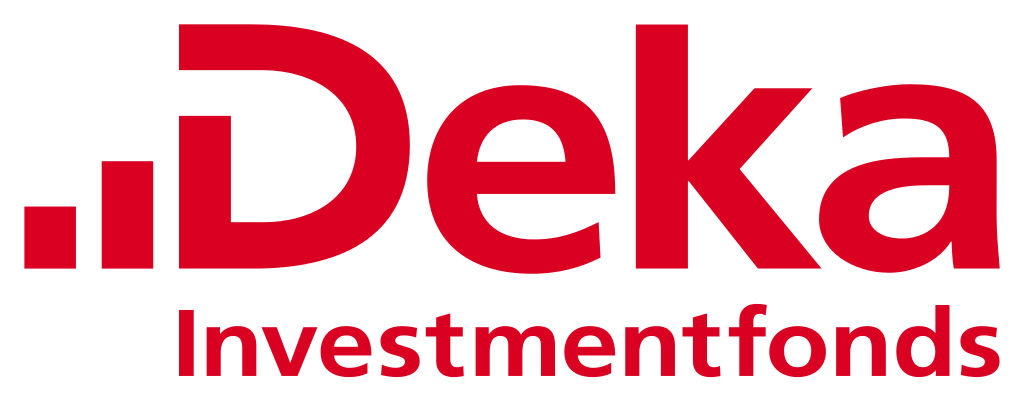ETFs offering exposure to companies having a positive impact on climate change are the latest strategies to hit the European market however questions remain as to whether there is investor demand for this type of product.
The trend to launch climate change ETFs started after the European Commission unveiled two benchmarks last year that comply with the 2015 Paris Agreement; the Climate Transition Benchmark (CTB) and the Paris-aligned Benchmark (PAB).
Recognising the opportunity, the major index providers such as MSCI, FTSE Russell, Qontigo, Solactive and S&P Dow Jones Indices (SPDJI) all launched a string of climate change indices linked to these two benchmarks this year.
In response, Lyxor became the first ETF issuer in March to launch a range with a focus on combatting climate change. Since then, Amundi, Deka and Franklin Templeton have all launched ETF ranges.
Lyxor’s four-strong climate ETF range has accumulated €18.3m in the four months the products have been available. Deka has accumulated a significant volume of assets in the short while the range launched, having attracted €163.8m across the five-strong range.
Amundi: Climate-positive investing
Amundi launched a climate change ETF in 2018, the Amundi MSCI Global Climate Change UCITS ETF (LWCU), which has pulled in nearly €1.5bn in assets since launch highlighting the demand potential for these strategies.
CTB vs PAB
The two climate-focus benchmarks were designed to act as frameworks by the European Commission. Despite having two different benchmarks, both aim for the same outcome of an equal carbon footprint level by 2050 but approach this using different methodologies.
To be included in these benchmarks, companies must have a year-on-year self-decarbonisation figure of 7% and follow a ‘do not harm’ principle by not being involved in industries such as controversial weapons, social norm violators or tobacco.
The two labels differ in their carbon intensity reduction figures compared to their parent benchmarks. CTB benchmarks must have a 30% carbon intensity reduction figure whereas PAB indices must have a reduction of 50%.
Additionally, PAB indices actively exclude companies that have certain involvements within the oil, coal and natural gas exploration, whereas CTB indices can still include energy stocks.
Commenting on the two benchmarks, Gaëtan Delculée, global head of ETF, indexing and smart beta sales at Amundi, told clients in a webinar: “Both labels focus on the 2°C climate change however, the PAB label is said to be more ‘aggressive’ in achieving this.”
For asset managers to be able to provide these types of products, index providers need to provide benchmarks that align with either the CTB or PAB label but also differentiate themselves from the rest of the market.
LCWU’s benchmark, the MSCI World Climate Change index is currently in the process of becoming CTB compliant and including this label in the name of the product.
However, this requires the index provider, MSCI, to organise the consultation to allow its climate change index to include the CTB which will save Amundi from having to launch a second product with a similar strategy.
FTSE Russell said the firm has been contributing its feedback on the PAB and CTB frameworks to the Technical Expert Group (TEG) for over the past year.
Fong Yee Chan, Director, sustainable investments, at FTSE Russell, said: “There has been a growing need to address the risk of greenwashing to investors and the PAB and CTB strategies are an attempt to give guidance to investors who want to incorporate climate change risk and opportunities into their investments.”
In an attempt to differentiate themselves from their competitors, some of the index providers have made their climate index range unique by including additional requirements for companies to be included in the index.
FTSE Russell, for example, has added extra green revenue consideration for companies to be rewarded through overweighting in the PAB indices if the company generates revenues from green products or services.
“The PAB does not mandate as a minimum criterion the addition of green revenue,” Fong Yee explained. “This looks to offer exposure to companies which are providing environmental solutions. But that is something we have added to our PAB benchmarks because we believe this is an essential part of the transition to a low carbon economy.”
Furthermore, the firm has added a voluntary component around corporate green target settings however, this is not a mandatory requirement.
Not everyone is happy with the climate benchmarks provided by the European Commission, however, as Scientific Beta warns of some potential design flaws.
In response to a call for feedback, the smart beta index provider criticises the lack of serious study and the significant flaws in this draft regulation.
The firm said: "Scientific Beta worries about the substitution of enterprise value for revenues in the definition of carbon intensity, which introduces capital market biases (e.g. real estate development, software, and online retailing will be particularly favoured) and instability into carbon metric measurement.
"It observes that the dramatic rise in carbon intensity sustained by index products that embarked the new metric vindicates its earlier warnings that these products would fall foul of the decarbonisation trajectory of the regulatory proposal if faced with a significant fall in equity markets."
Investor demand
While there is a lot of effort into launching these products, what has the investors’ appetite been like for these exposures?
With the launch of PAB and CTB by the European Commission, it is believed that these strategies could possibly become compulsory.
Matt Brennan, head of passive portfolios at AJ Bell, told ETF Stream: “The climate products have not really been on our radar, but we are acutely aware this is likely to be part of regulation in the future, especially with the launch of the Paris-Aligned Benchmarks.”
When looking under the hood of the climate change ETFs, there have been some issues investors are not happy with including the methodologies they use to reduce the carbon intensity. For example, some indices have reweighted their parent indices so that the heavy polluters are underweighted and the less polluting companies are overweighted.
Therefore, investors could still be unknowingly investing in oil and gas companies which do not aligned with their values when wanted to invest in climate-friendly strategies.
Louisiana Salge, impact specialist at EQ Investors, highlighted a big oversight from the index providers when constructing these climate indices.
“Often these indices are built looking at Scope 1 & 2 carbon emissions data as input, only,” Salge said. “This is a huge flaw in our view, given that for some industries, 80%+ of a businesses’ emissions come from Scope 3 emissions.”
Scope 3 emissions include all other indirect emissions from activities of the organisation, occurring from sources that they do not own or control.
FTSE Russell said in a study that the phased incorporation of Scope 3 emissions is an additional objective of the TEG report.
“The benchmark construction framework we employ is sufficiently flexible to enable PAB and CTB indices to incorporate alternative Scope 3 emission definitions in the future,” the study said.
Another issue which is ignored in the construction of the index are the ‘embedded’ emissions to a business, according to Salge. These emissions can be associate with the fossil fuel reserve assets.
“If your aim is to shield portfolios from climate transition risk, this is a huge oversight and will likely not produce the desired outcome. But again, whether this applies depends on the index,” she concluded.






